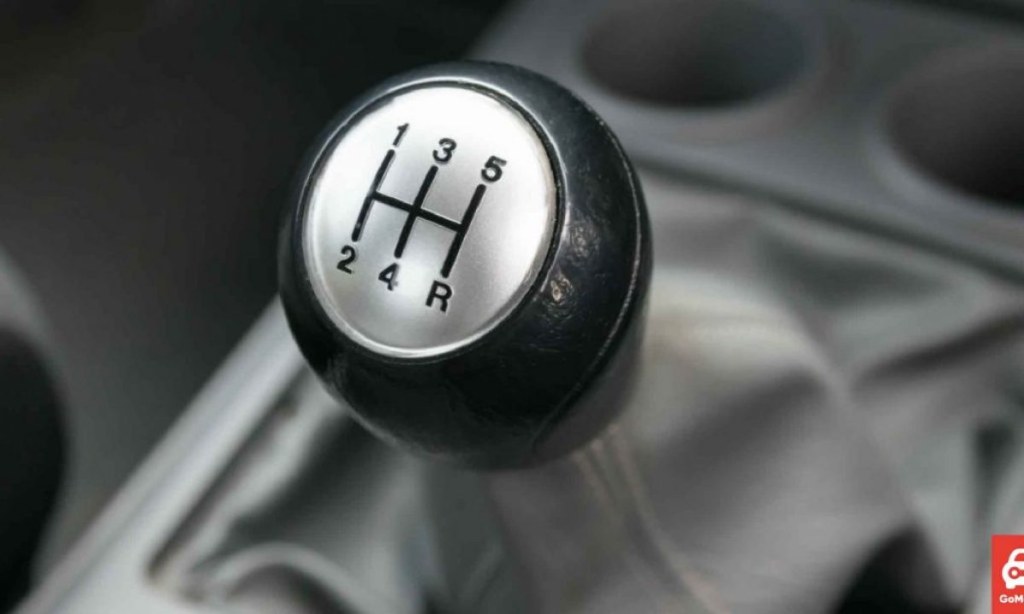What Is Neutral Used For In A Car? Unlock The Power And Efficiency With This Essential Gear!
What is Neutral Used for in a Car?
Greetings, Car Enthusiast!
Have you ever wondered what the neutral gear in your car is used for? In this article, we will delve into the purpose and function of the neutral gear in a car. Understanding this aspect of your vehicle can enhance your driving experience and ensure the longevity of your car’s transmission. So, let’s get started!
1 Picture Gallery: What Is Neutral Used For In A Car? Unlock The Power And Efficiency With This Essential Gear!

Introduction
The neutral gear, also known as neutral or simply N, is a gear in the transmission system of a car that disengages the engine from the wheels. When the vehicle is in neutral, the engine is disconnected from the wheels, allowing the car to roll freely without the engine’s power. This gear is typically found in manual transmission cars, but some automatic transmission cars also have a neutral gear.
Now, let’s explore the what, who, when, where, why, and how aspects of the neutral gear in a car:
What is the Neutral Gear?

Image Source: gomechanic.in
🔍 The neutral gear is a gear in a car’s transmission system that disengages the engine from the wheels. It acts as a bridge between the engine and the transmission, allowing the driver to disengage the engine’s power from the wheels.
When the car is in neutral, the engine’s power does not reach the wheels. This is useful in situations where the driver wants the car to roll freely, such as when parking or towing the vehicle.
How does the Neutral Gear Work?
🔍 When the gear shifter is moved to the neutral position, a mechanism within the transmission disengages the engine’s power from the wheels. This is done by separating the input and output shafts of the transmission, effectively disconnecting the engine from the wheels.
By disengaging the engine, the car can roll freely without any resistance from the engine’s power. This is particularly useful when you need to push or tow the vehicle, as it reduces strain on the transmission and engine.
Who Uses the Neutral Gear?
🔍 The neutral gear is used by drivers in various situations. It is commonly used when parking a car with a manual transmission, as shifting into neutral prevents the car from stalling while still allowing it to roll. Additionally, when towing a car, it is essential to place the vehicle in neutral to avoid damaging the transmission.
Furthermore, race car drivers may utilize the neutral gear during certain racing techniques, such as clutch kicking or executing a drift. By briefly shifting into neutral and then engaging the clutch, drivers can manipulate the car’s balance and improve performance in specific scenarios.
When Should You Use the Neutral Gear?
🔍 The neutral gear should be used in specific situations where you want the car to roll freely without engine power. These situations include parking, towing, and situations that require manipulating the car’s balance, as mentioned earlier.
When parking, placing the car in neutral prevents the engine from stalling and allows for smoother maneuvering. However, it is important to note that leaving a car in neutral on a slope can be dangerous, as the vehicle may roll uncontrollably. In such cases, engaging the parking brake is crucial for safety.
Where Can You Find the Neutral Gear?
🔍 The neutral gear can be found on the gear shifter of a car equipped with a manual transmission. It is usually located between the gears, often marked with the letter N or a label indicating neutral. In some automatic transmission cars, the gear shifter also includes a neutral position.
When shifting into neutral, it is essential to refer to the car’s owner’s manual for specific instructions, as the location and operation of the neutral gear may vary depending on the vehicle’s make and model.
Why is the Neutral Gear Important?
🔍 The neutral gear is important for several reasons. Firstly, it allows the driver to disengage the engine’s power from the wheels, providing control over the vehicle’s movement. This can be particularly useful in situations where the car needs to be maneuvered without engine power, such as when parking or towing.
Secondly, placing the car in neutral can protect the transmission from unnecessary wear and tear. When the car is in neutral, the transmission is not engaged, reducing strain on its components and potentially prolonging its lifespan.
Advantages and Disadvantages of Using the Neutral Gear
Advantages
🔍 1. Fuel Efficiency: When driving downhill or in situations where engine power is not required, using the neutral gear can improve fuel efficiency by allowing the car to coast without consuming fuel.
2. Reduced Wear on Clutch: In manual transmission cars, using the neutral gear when waiting at traffic lights or in heavy traffic can reduce wear on the clutch, as the engine is disconnected from the transmission.
3. Easier Towing: Placing the car in neutral is essential when towing it, as it prevents unnecessary strain on the transmission and engine.
Disadvantages
🔍 1. Reduced Control: When in neutral, the driver has less control over the vehicle, as the engine’s power is disengaged from the wheels. This can be problematic during emergency situations that require immediate acceleration.
2. Increased Brake Wear: When coasting in neutral, the driver may rely more on the brakes to control the car’s speed, potentially leading to increased wear on the braking system.
Frequently Asked Questions
1. Can I shift into neutral while driving?
Yes, you can shift into neutral while driving, but it is generally not recommended. Shifting into neutral while the car is in motion can reduce your control over the vehicle and may be dangerous, especially in emergency situations. It is best to use the neutral gear only when necessary, such as when parking or towing.
2. Does using the neutral gear save fuel?
Using the neutral gear in certain situations, such as downhill driving or when coasting to a stop, can improve fuel efficiency by allowing the car to consume less fuel. However, it is important to note that modern cars are equipped with fuel injection systems that automatically cut off fuel supply when you release the throttle, so the fuel-saving effect of using the neutral gear may be minimal.
3. Can I put an automatic car in neutral?
Yes, many automatic transmission cars have a neutral gear. Placing an automatic car in neutral is useful when you need to tow the vehicle or when you want the car to roll freely without engine power. However, it is important to refer to the car’s owner’s manual for specific instructions on how to engage the neutral gear in an automatic car.
4. Does using the neutral gear wear out the transmission?
Using the neutral gear does not inherently wear out the transmission. In fact, using the neutral gear appropriately, such as when parking or towing, can reduce wear and strain on the transmission. However, it is important not to shift into neutral while the car is in motion, as this can cause unnecessary stress on the transmission and may lead to premature wear.
5. How do I engage the neutral gear in a manual transmission car?
Engaging the neutral gear in a manual transmission car is typically done by moving the gear shifter to the position marked with the letter N or neutral. To ensure proper engagement, refer to your car’s owner’s manual for specific instructions, as the location and operation of the neutral gear may vary depending on the make and model of your vehicle.
Conclusion
In conclusion, the neutral gear in a car serves as a vital component of the transmission system, allowing drivers to disengage the engine’s power from the wheels. It has various uses, including facilitating smooth parking, enabling towing, and providing control over the car’s balance in certain driving techniques.
While the neutral gear offers advantages such as fuel efficiency and reduced wear on the clutch, it also presents disadvantages, such as reduced control and increased brake wear. Therefore, it is essential to use the neutral gear judiciously and in appropriate situations.
Remember to refer to your car’s owner’s manual for specific instructions on how to engage the neutral gear, as the location and operation may differ depending on the vehicle.
Now that you have a better understanding of what the neutral gear is used for in a car, make sure to utilize this knowledge wisely and drive safely!
Final Remarks
Car Enthusiast, we hope this article has provided you with valuable insights into the purpose and function of the neutral gear in a car. Understanding the role of the neutral gear can enhance your driving experience and help you make informed decisions when operating your vehicle.
However, it’s important to note that the information provided in this article is intended for general knowledge and may not apply to all car models or situations. Always consult your car’s owner’s manual or seek professional advice for specific instructions and recommendations regarding the use of the neutral gear.
Happy driving and stay safe on the roads!
This post topic: Used Car


